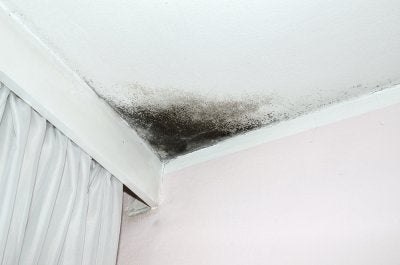If you are experiencing headache, fever, congestion, or fatigue, there is a chance that your body is reacting to mold exposure. Fortunately, these symptoms will go away if you find the source of the mold and eliminate it. The first step to treating mold is to schedule a mold inspection near San Francisco . In this article, we will review the mold inspection process and why it is so important.
Detecting Mold
The first step in the mold inspection process is realizing that you need a mold test. Most people realize they need a mold test when they smell mold—it has a distinctive odor that’s musty and damp. Other people recognize the need for a mold inspection when they experience mold symptoms like the ones listed above, or when they see mold on the walls, in corners of the room, or on objects. 
Locating Mold
When the mold testing specialists arrive in your home, they will look in some of the popular hiding places for mold. It is common for mold to grow under carpets or carpet pads, behind draperies and wallpaper, under wood, behind drywall and wallboard, on pipes, above ceiling tiles, and in ductwork.
Cleaning Mold
Getting rid of mold entails both removing it and eliminating the conditions that caused it to grow. Determining what type of mold you have is not as important. Moldy areas must be treated with biocide; otherwise, mold can continue to make you sick even after it dies. To keep mold from growing back, dry wet spots within 48 hours, and keep your indoor humidity between 30 and 50 percent.
Post-Clean Test
Mold testing is a good way to make sure your home or business is mold-free after a mold cleaning. At-home mold-testing kits do not provide the level of detailed testing that comes with a professional mold assessment. A professional mold test is especially important if your home has suffered from water damage, as it is very difficult to fully test for mold with an at-home kit.

